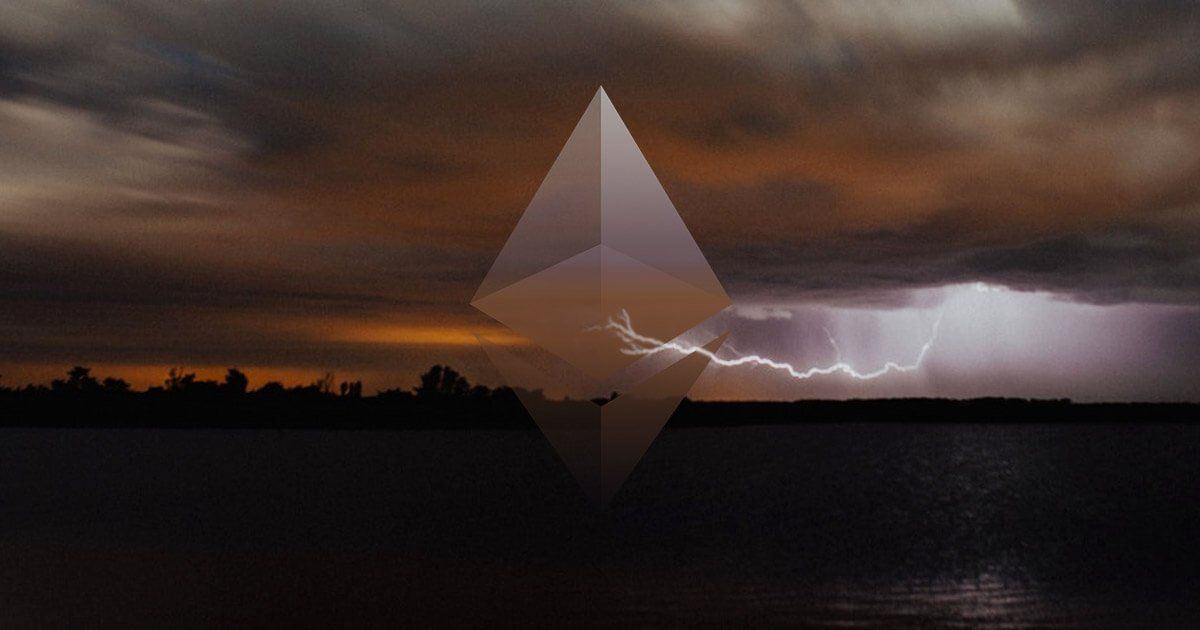Vitalik Buterin, the co-founder of Ethereum, has evaluated the network’s progress towards its vision to become more scalable and secure while preserving decentralisation. The evaluation has revealed that it is around half of the way there.
During a recent episode of the Bankless podcast, Buterin shared details that Ethereum’s progress would reach 60% after the Merge. The Merge refers to when the current Ethereum Mainnet “merges” with the beacon chain proof-of-stake (PoS) system. Buterin then further revealed that the progress would pass 80% once there is a full sharding implementation, which would split the network into multiple portions called ‘shards.’
When asked to estimate the road map’s progress, Buterin said: “I would say around 50 [%]. I’d be willing to go past 60 once the merge is fully complete, and I’d be willing to go past 80 once we have a full sharding implementation.”
The first stage of the roadmap is the Merge, which is projected to happen in spring if the code is completed by February. This update will ‘merge’ the Beacon Chain into the mainnet and finalise the PoS transition.
The Ethereum blockchain’s Kintsugi Testnet went live in December, allowing users to test and prototype the Merge. This enabled users to familiarise themselves with the post-merge environment.
Buterin also revealed that there will be a Post-Merge hard-fork. This will enable the withdrawal feature for validators who have locked their ETH so far. He said that the Post-Merge hard-fork could happen around six months after the Merge itself which means that it could be available at the start of 2023 or even by later this year.
The second stage of the road map is the Surge, which is all about increasing scalability for roll-ups through sharding. Roll-ups are layer-2 scaling solutions that work to improve the Ethereum network. They do this by taking computation and storage off-chain. Sharding refers to the process of dividing traffic across 64 new chains. This spreads the network load and increases speed while lowering costs.
Layer 1 (L1) is the base protocol (the Ethereum blockchain), while Layer 2 (L2) is any protocol built on top of Ethereum.
Buterin concluded that Ethereum users should prepare changes and that Ethereum is already transitioning away from being a “Layer-1-centric ecosystem toward being a Layer-2-centric ecosystem.” The co-founder added that the gains from switching to Layer-2 will only increase over time, which will eventually push all the activity onto Layer-2.












